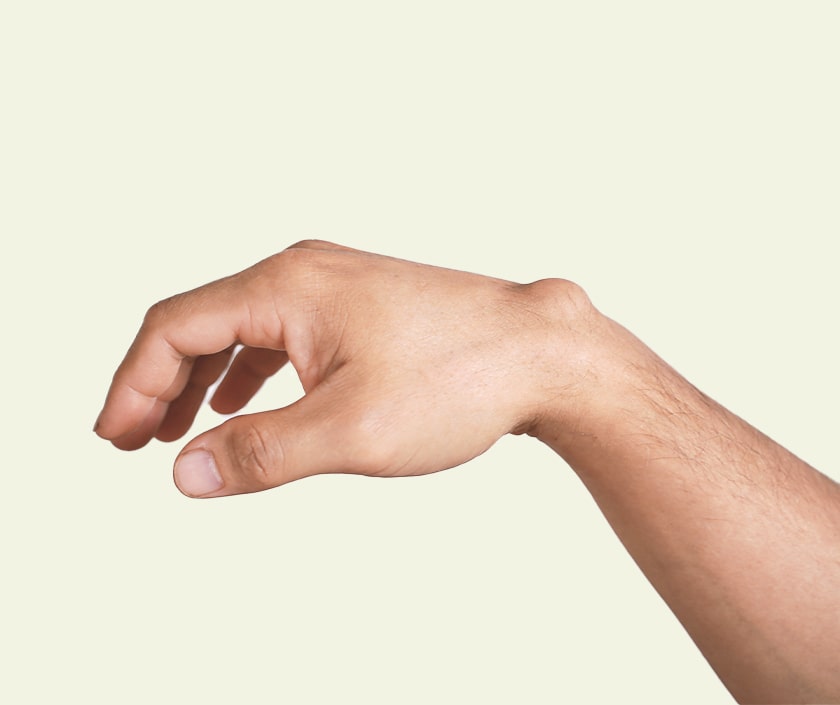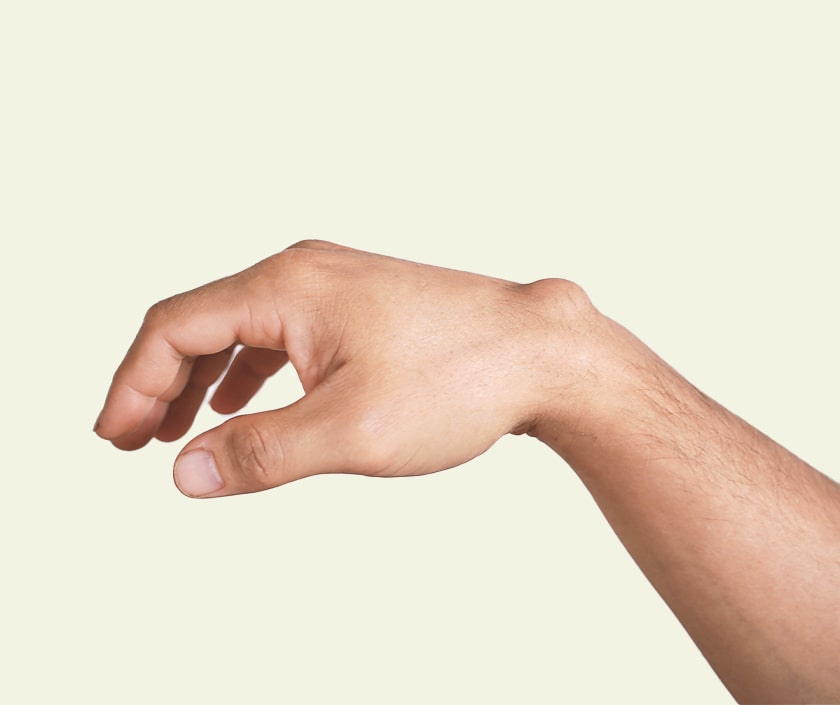Lipomas are benign, soft tissue growths made up of fat cells that develop beneath the skin. They are usually slow-growing, painless, and harmless, but in some cases, they can become bothersome due to their size or location. While lipomas can appear anywhere on the body, they are most commonly found on the neck, shoulders, arms, back, and thighs. Though generally not a health risk, some individuals may seek removal for cosmetic or physical discomfort reasons.
Signs That a Lipoma Needs Removal
Lipoma Treatment in Dubai (علاج ليبوما في دبي) do not require medical intervention, but there are certain situations where removal might be necessary. If the lipoma becomes painful, grows rapidly, restricts movement, or causes irritation due to constant friction, removal may be considered. In rare cases, a lipoma may resemble other conditions, making a professional evaluation important to rule out any underlying concerns.

Surgical Excision: A Quick and Permanent Solution
The most effective and fastest way to remove a lipoma is through surgical excision. This procedure involves making a small incision in the skin and carefully extracting the fatty lump. It is usually performed under local anesthesia and takes only a short time to complete. Once removed, the lipoma is unlikely to grow back. Recovery is typically smooth, with minimal discomfort and a low risk of complications.
Liposuction for Minimal Scarring
For those concerned about scarring, liposuction may be an alternative option. This method involves inserting a thin tube into the lipoma to break down and suction out the fat cells. Liposuction is particularly effective for larger lipomas and offers a quicker recovery time compared to traditional excision. However, this approach may have a slightly higher risk of recurrence, as some fat cells might remain behind.
Non-Surgical Alternatives
Although surgical methods offer the fastest removal, some non-surgical treatments exist. Steroid injections may help shrink the size of a lipoma, though they do not completely remove it. Laser therapy and radiofrequency treatments have also been explored, but their effectiveness varies. These options are usually considered for individuals who prefer non-invasive treatments or have smaller lipomas.
Post-Removal Care and Recovery
After undergoing a lipoma removal procedure, proper wound care is essential to ensure a smooth recovery. Patients are advised to keep the area clean, follow aftercare instructions, and avoid excessive strain on the treated site. Mild swelling or bruising may occur, but these effects typically subside within a few days. In most cases, normal activities can be resumed shortly after treatment.
Preventing Future Lipomas
Although the exact cause of lipomas is not always clear, maintaining a healthy lifestyle may help reduce their occurrence. Regular exercise, a balanced diet, and proper skin care can support overall tissue health. While there is no guaranteed way to prevent lipomas, monitoring any new growths and seeking timely evaluation can help manage them effectively.
Conclusion
Lipomas are generally harmless, but when they cause discomfort or aesthetic concerns, removal may be the best option. Surgical excision remains the fastest and most effective treatment, while liposuction offers a less invasive alternative with minimal scarring. Non-surgical methods like steroid injections may help in some cases but do not completely eliminate the lipoma. Proper post-removal care ensures a smooth recovery, and while lipomas cannot always be prevented, maintaining a healthy lifestyle may help reduce their occurrence. If you notice any unusual growths, seeking medical evaluation can help determine the best course of action.

